Druidic is a natural language spoken in the
Eirean Walls. Although it's not a secret language, most of its speakers are
Druids. This language is well-known for its simplicity and versatility, but especially for the many ways in which one can communicate a message in it, including humming and colorcoding.
Use and social perception
Druidic is the language of the Druid communities of Eirean, made up by
Druids who have retired to live in communion with nature, true to the traditions of old. The language has several dialects spread through its territory, but they are all mutually intelligible.
The unusual characteristics of this language have inevitably caused rumors and stories about this supposedly "mysterious code" spoken by Druids so they can hide their secrets from the rest of the world. In truth, anyone could learn Druidic if they joined one of the communities for a time. However, this rarely happens, as joining one of the communities means abiding by their rules, which may seem very strange from foreigner's eyes.
Communication systems
Druidic has a total of 5 systems through which the language can be communicated, depending on the context and situation. All Druidic speakers know all five systems, and all Druids trained in the Eirean school can read colorcoding and understand humming.
Auditive systems
Humming
Humming is the traditional way in which the language is communicating. It is used in small-scale situations, such as conversations between a small group of friends. In this system, tone, volume, and duration have meaning. For the sake of simplicity, this article uses European notation to explain it. The tones are the twelve notes (from C to B), volume is forte, mezzo-forte and piano, and duration is either short (one beat) or long (two beats).
If the message needs to be communicated to more people at the same time, or if the two people communicating are far apart, they can alternatively sing out loud or whistle using the same rules.
Drumspeech
When someone wants to communicate a message to a lot of people at the same time or at great distances, a pair of drums can be used. The drums must be tuned in two different notes, although the specific tone does not matter. The lowest drum marks the beginning of each work, while the higher one plays the words themselves. This is a simple system that does not include grammar. So, while being effective, it can't communicate as much information as humming or singing.
More details...
Visual and tactile systems
Colorcoding
Color coding is the common name for Druidic's "writing" system. This system makes use of twelve different colors to code the twelve tones, as well as various shapes for grammar. If the background has a similar color to one of the characters, it is outlined in either black or white.
More details...
Druidic Signs
In silent environments, two Druids might communicate using signs to avoid disturbing the nature. A hand, generally the dominant one, expresses the word roots while the other simultaneously conveys grammatical meaning. This should not be confused with sign languages; Druidic Sign is just a complex way to codify humming.
More details...
Tactile Signs
Tactile Signs are a set of one-handed signs that are performed on the skin of another person. They can be performed anywhere on their body, although their palms are the most common place. In this system, pressure and movement of the four fingers (excluding the thumb) codify the twelve different sounds of humming. Meanwhile, the thumb and wrist convey the grammatical meaning.
More details...
Variants
Thanks to the simplicity of these systems, other ways of communicating the language have appeared.
Needlecoding is a writing system based on both Tactile Sign and Colorcoding for blind or deaf-blind people, which consists in creating small bumps on a flat surface arranged in a precise way to represent a certain phoneme. Drumspeech has evolved to a point where it's possible to communicate long-distance messages using light signals.
Additionally, some Druids have taken advantage of their magical abilities to express themselves in more subtle ways. For example, an air elementalist might apply a light air pressure on certain places of the skin of another person in order to use Tactile Sign from far away. A fire elementalist may instead create flames of different colors to communicate messages using a simplified version of colorcoding.
Main linguistic features
Druidic is a synthetic language with three grammatical cases (nominative, accusative, and genitive), two numbers (singular and plural) and three tenses (past, non-past and imperative). It has a flexible word order, although it usually is Subject-Verb-Object (SVO).
Because of the way it is communicated, it does not have a traditional phonemic inventory. This article uses both colorcoding and humming tones to represent words.
Cases
Case is a grammatical category of nouns and pronouns that reflects its grammatical function inside its phrase, clause or sentence. Druidic has three cases: nominative (subject), accusative (direct object) and genitive (possession and noun modification). The following table explains each case in more detail.
Show table
Grammatical case
| Case | Function | Humming | Colorcoding | Example phrase |
|---|
| Nominative | Subject | forte | Circles | The tree is tall
(CED# D#E CB) |
| Accusative | Direct object | mezzo-forte | Squares | He builds a world
(FB GBC CEF#BAG#) |
| Genitive | Possession/ noun modification | piano | Ligature | Worldbuilding
(GBC-CD#FBAG#) |
Numbers
Number is a grammatical category of nouns and pronouns that expresses count distinctions. Druidic has two grammatical numbers: singular and plural. The following table explains each number in more detail.
Show table
Gammatical number
| Number | Humming | Colorcoding | Example |
|---|
| Singular | - | - | A world
(CE#FBAG#) |
| Plural | Last note of the word is two beats long | Hyphen at the end of the word | Worlds
(CE#FBAG#—) |
Tense
Druidic verbs have three tenses: past, non-past and imperative. Tense is the only grammatical feature of verbs; they don't express person nor number. The following table explains and gives an example for each of the tenses.
Show table
Verb tenses
| Tense | Humming | Colorcoding | Example |
|---|
| Past | piano | Overlined in first color | I built a world
(FG GBC CE#FBAG#) |
| Non-past | mezzo-forte | - | I build a world
(FG GBC CE#FBAG#) |
| Imperative | forte | Underlined in first color | Build a world!
(FA GBC CE#FBAG#) |
Glossed examples
The following are two example sentences in Druidic, using colorcoding, with their translations into English and a gloss.
My friend builds worlds.
friend-nom 1sg.gen build[npst] world-acc-pl
World Anvil is a worldbuilding toolset
worldanvil-nom be[npst] group tool-gen.pl for build world-gen
Appendices
Drumspeech
The following table shows the correspondence between notes and drumspeech rhythms. A dot represents a short beat, while a dash represents a long one (two beats long).
Show table
| Note |
Drumspeech |
| C |
•—• |
| C# |
—• |
| D |
•• |
| D# |
—•— |
| E |
•—— |
| F |
••— |
| F# |
—•• |
| G |
•—•— |
| G# |
—•—• |
| A |
•——• |
| A# |
—••— |
| B |
• |
Druidic Sign
Druidic Sign uses both hands to represent both each of the tones and grammatical meaning. While the dominant hand of the signer performs a sign for each of the tones or colors of the word, the non-dominant hand represents the grammatical properties of each word (case, number, and tense), both with shape and movement. The following tables, hidden behind a button, shows a picture of each sign with its meaning.
Show tables
Non-dominant hand
Additionally, the plural is marked with a vertical movement of the non-dominant hand.
Tactile signs
Tactile sign is a system used to communicate in Druidic using touch only, and single hand. All fingers, except the thumb, press and hit the skin of the person receiving the message to represent the different 12 tones or colors. Additionally, the thumb and the wrist press and rub the skin to convey the grammatical meaning. The following charts, hidden inside a button, show these movements.
Show tables
The first chart shows all twelve phonemes. Red means that the finger presses against the skin, while green means that the finger is raised from the skin and then pressed ("hits") against it. Fingers without marks, rest on the skin without pressure. Starting from top left to bottom right, it represents the phonemes in its traditional order, starting with C and ending with B.
This second chart shows grammatical case, tense and number. The meaning of colors is the same, arrows show the direction of the thumb rubbing. From top left to bottom right: accusative, genitive, imperative, past and plural. Nominative, non-past and singular don't have specific signs. In these cases, the thumb rests on the skin without pressing against it. The wrist can either rest in the same way or be raised.
Colorcoding
The following table shows the correspondence between notes and colors. If you want to see the correspondence between IPA sounds (i.e. regular oral language sounds) and colors, see the conversion chart in the sidebar.
Show table
| Note |
Color |
| C |
Red (#e6194B) |
| C# |
Green (#3cb44b) |
| D |
Yellow (#ffe119) |
| D# |
Blue (#4363d8) |
| E |
Orange (#f58231) |
| F |
Purple (#911eb4) |
| F# |
Cyan (#42d4f4) |
| G |
Magenta (#f032e6) |
| G# |
Lime (#bfef45) |
| A |
Pink (#fabebe) |
| A# |
Teal (#469990) |
| B |
Maroon (#e6beff) |
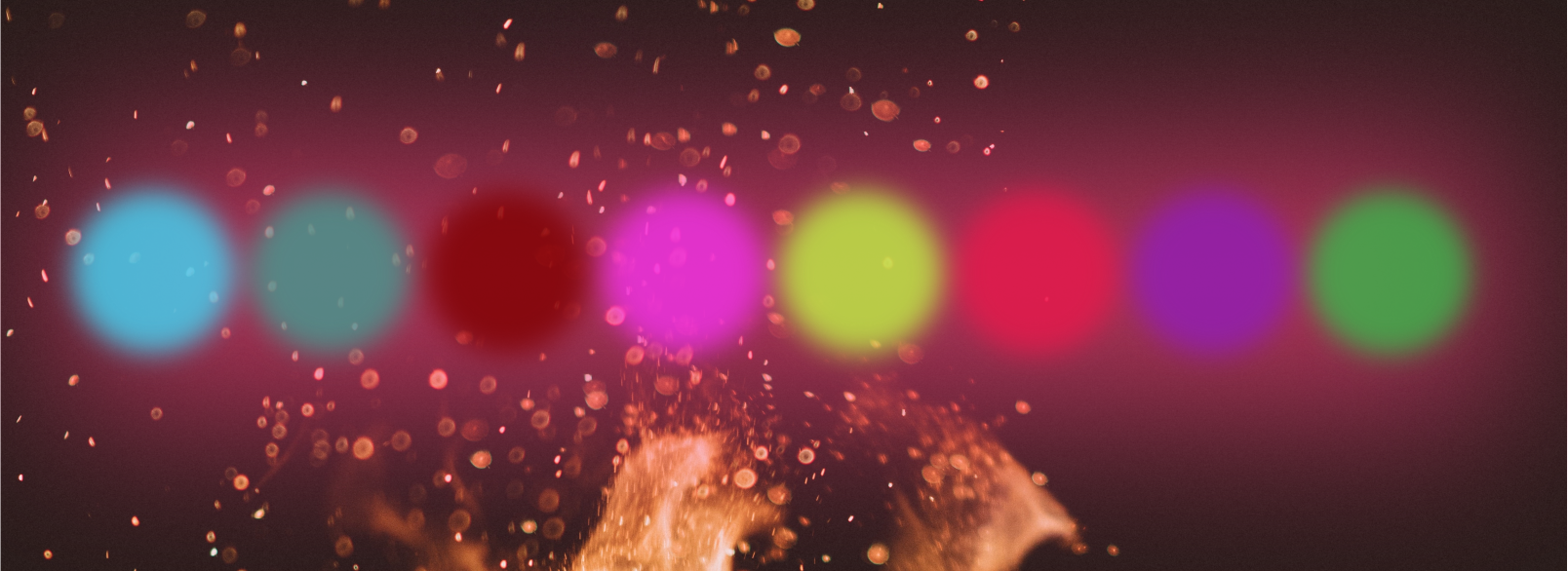












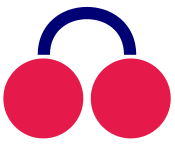

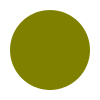



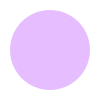


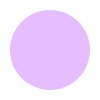



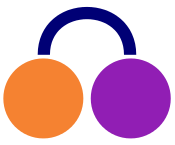



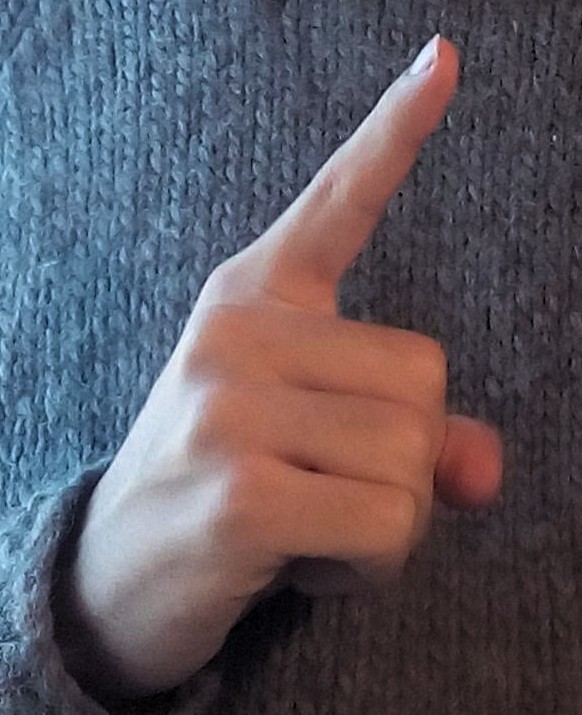
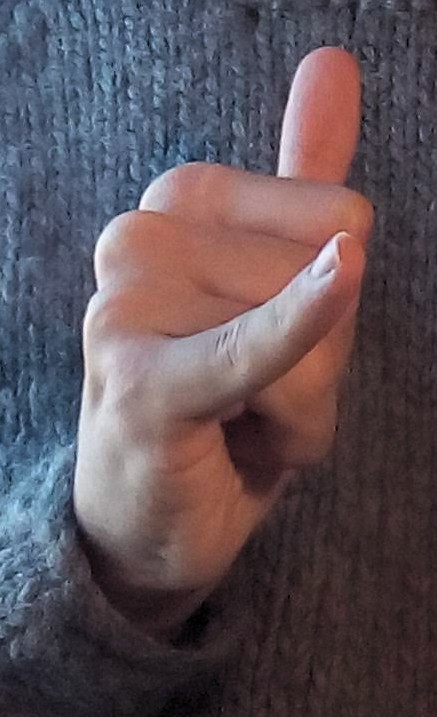
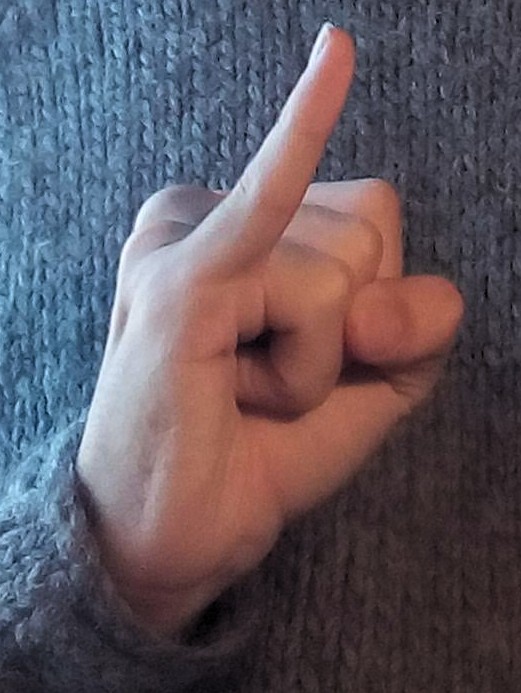
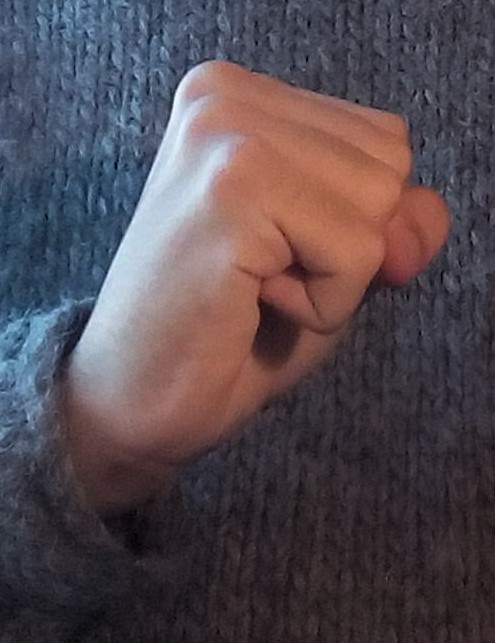
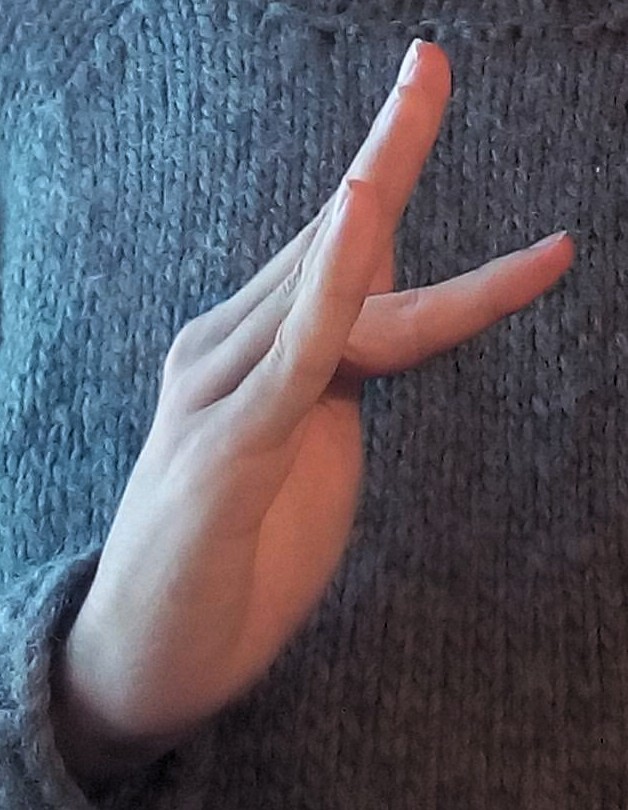
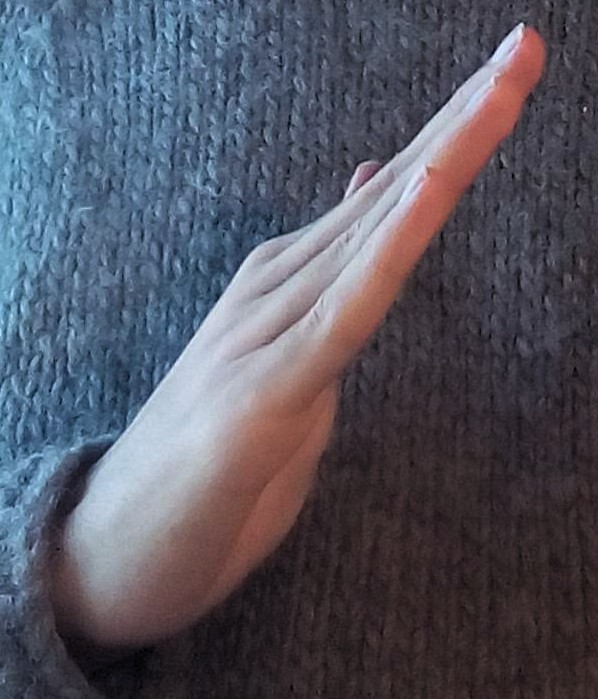
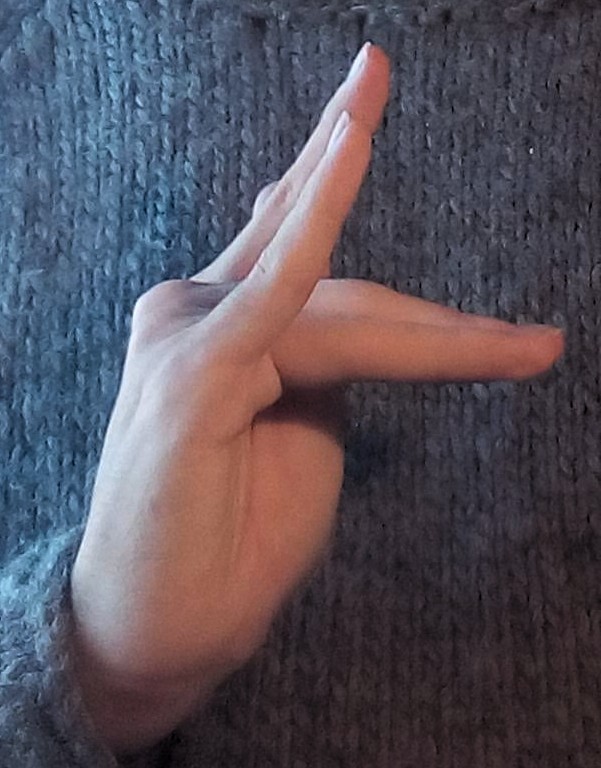
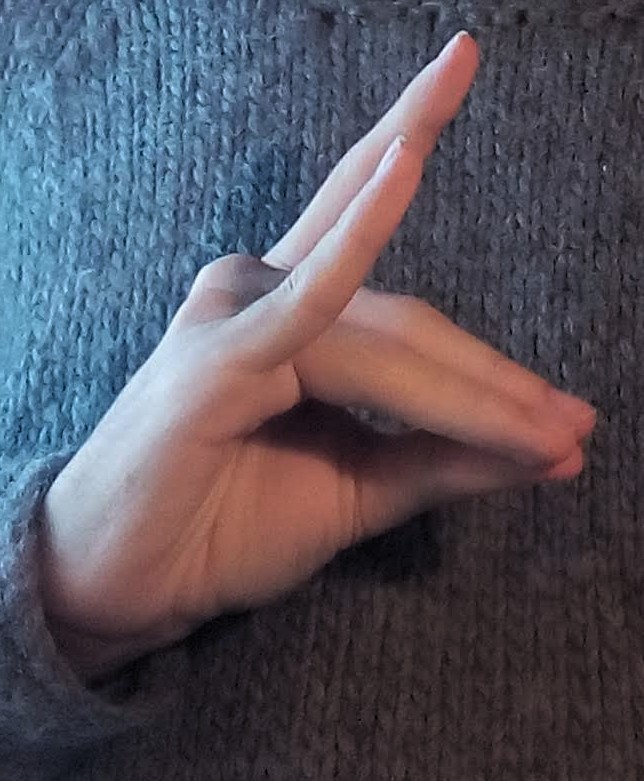
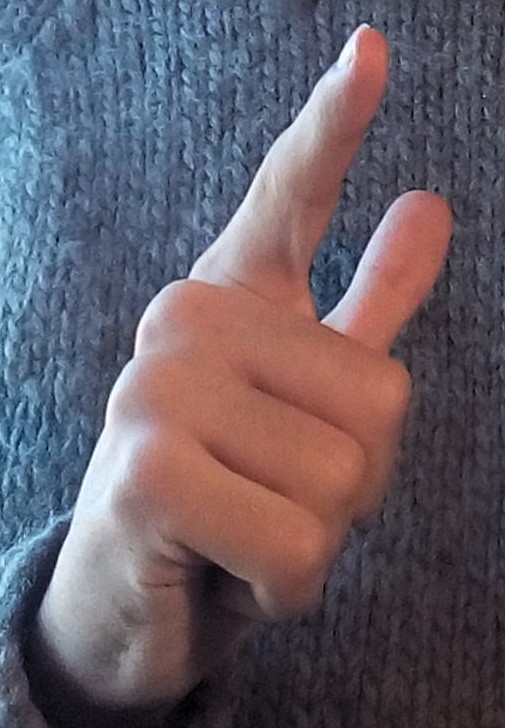
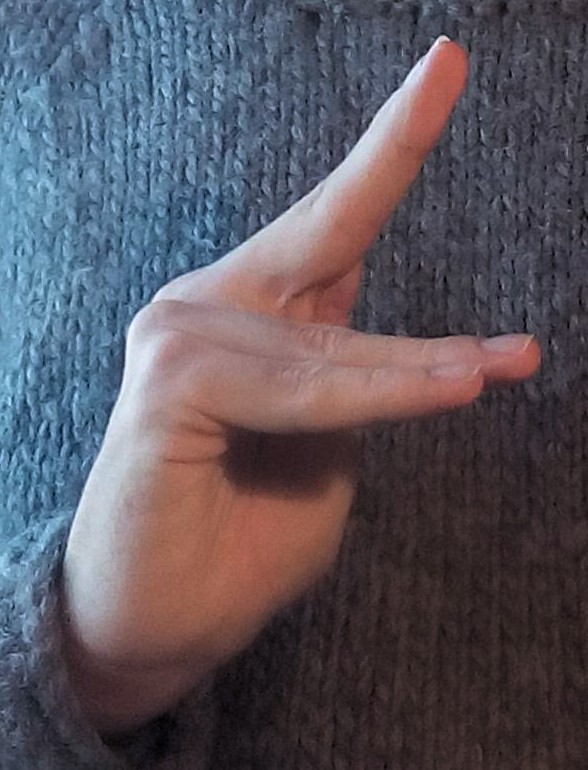
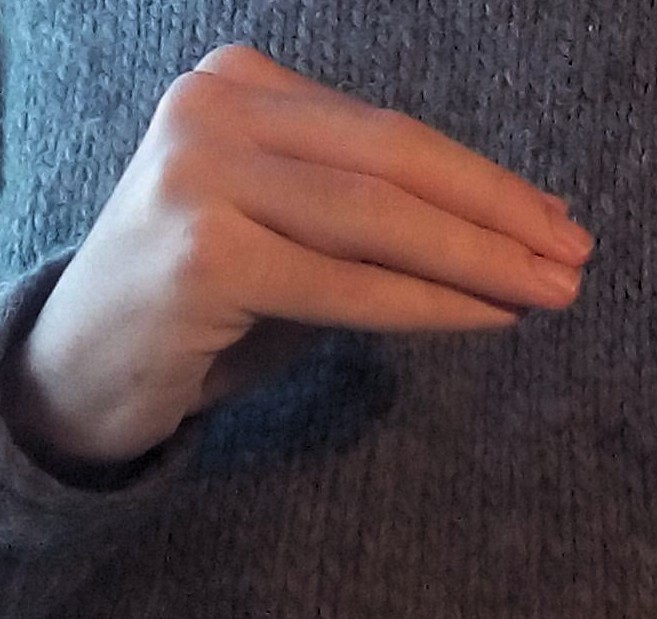
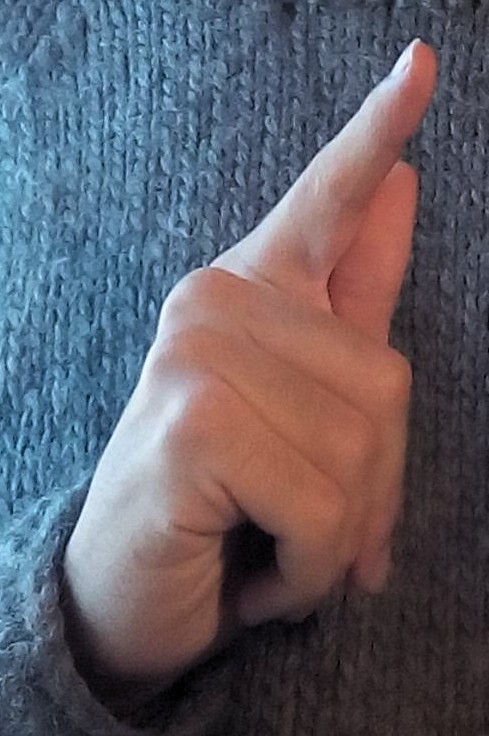
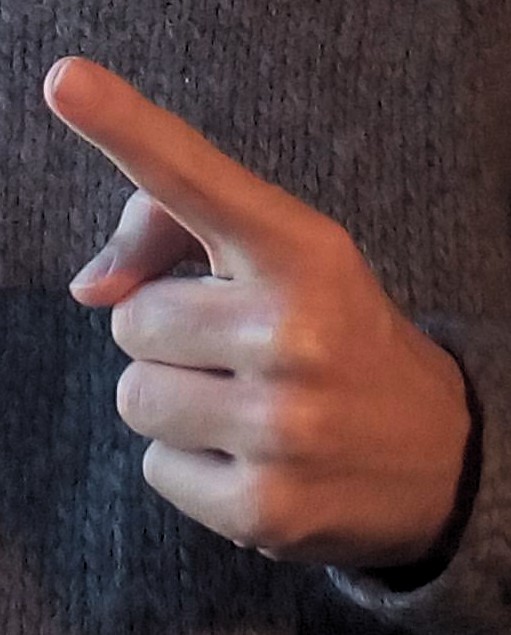
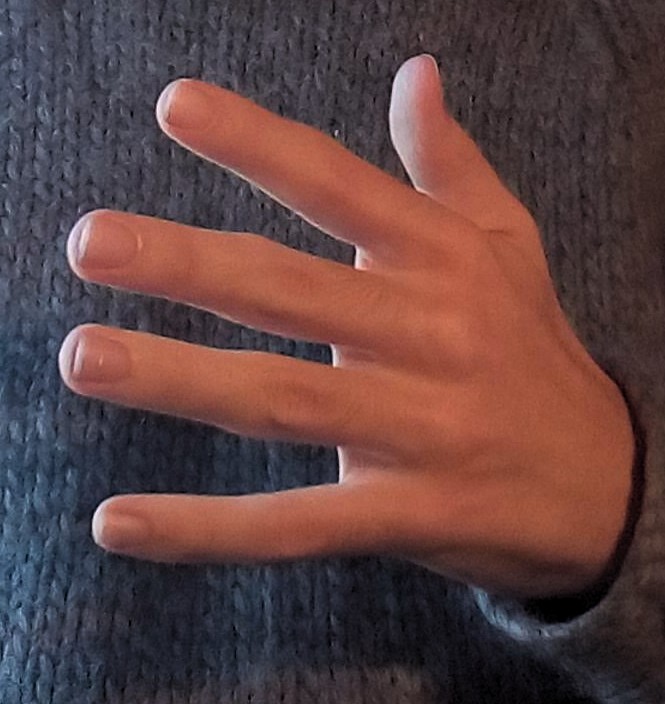
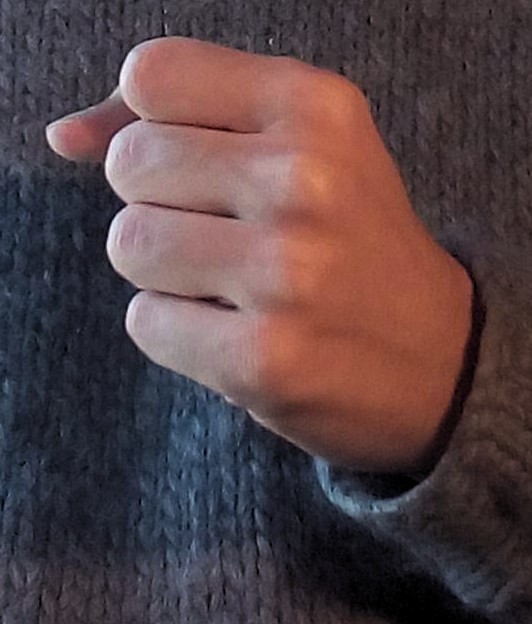
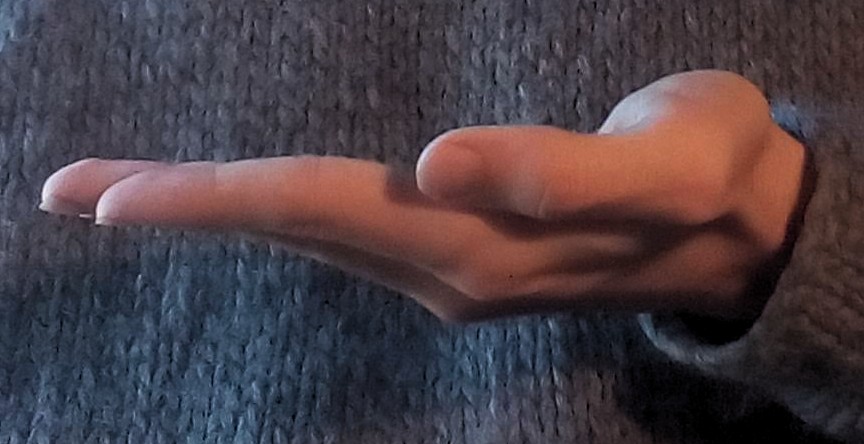
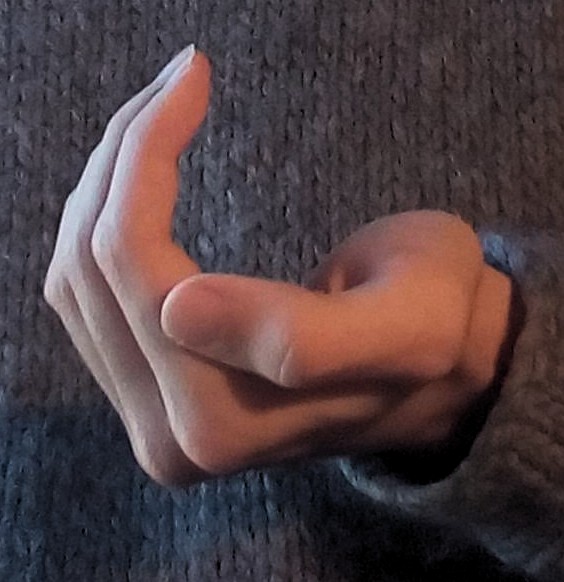
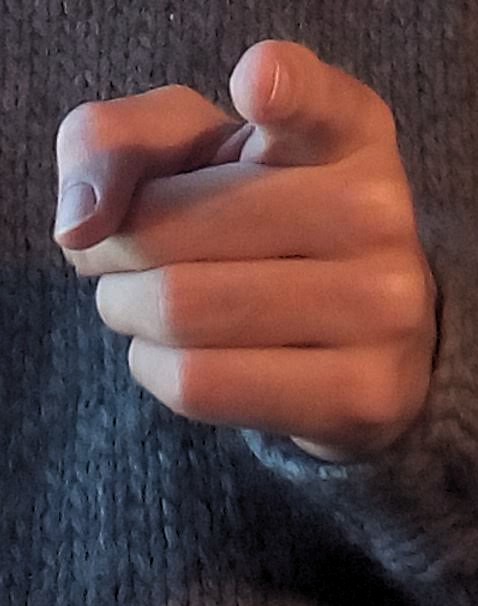
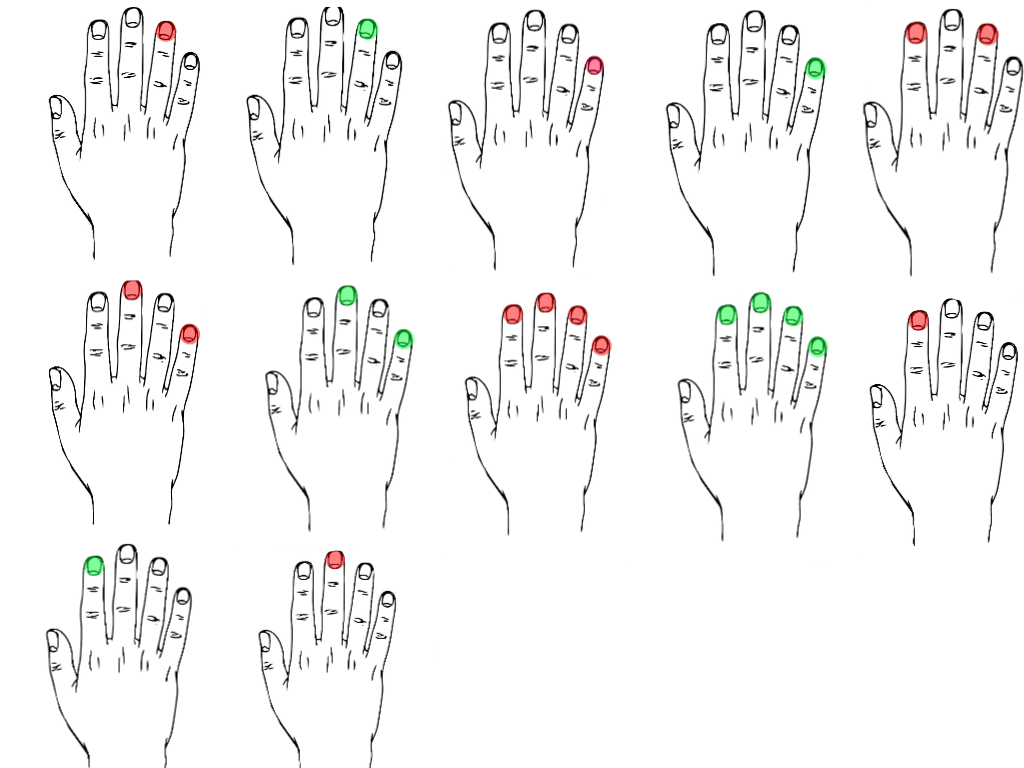
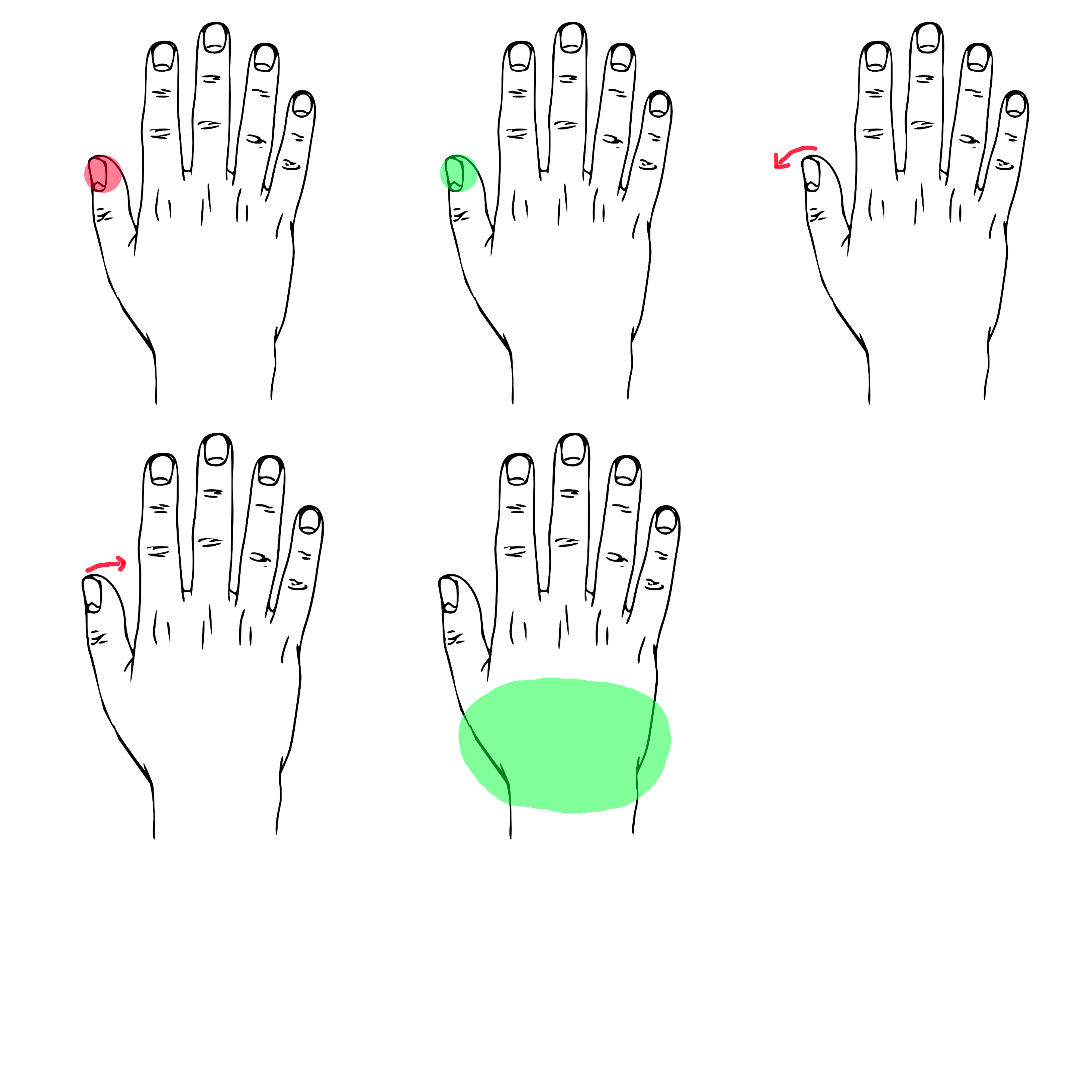

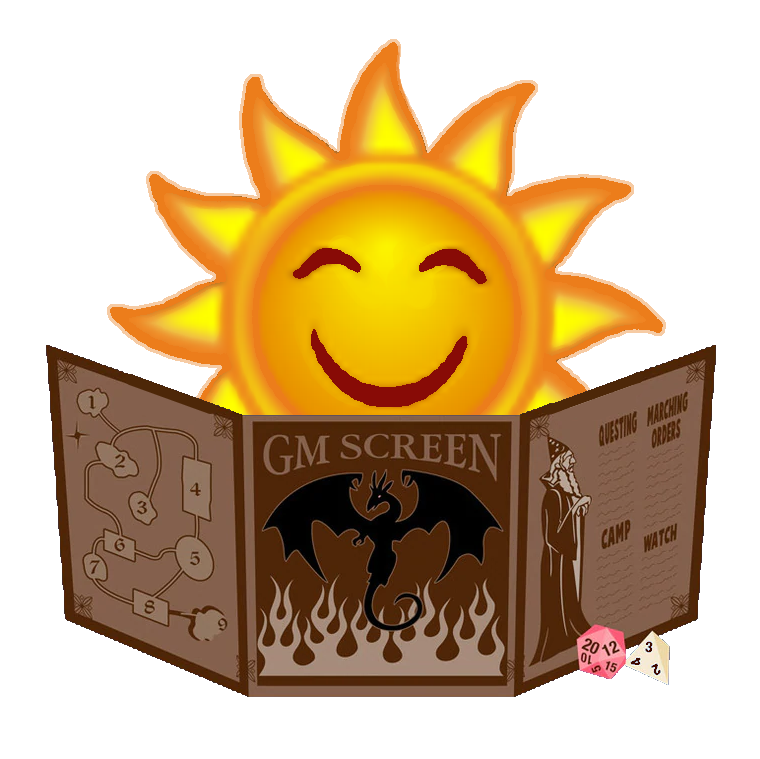
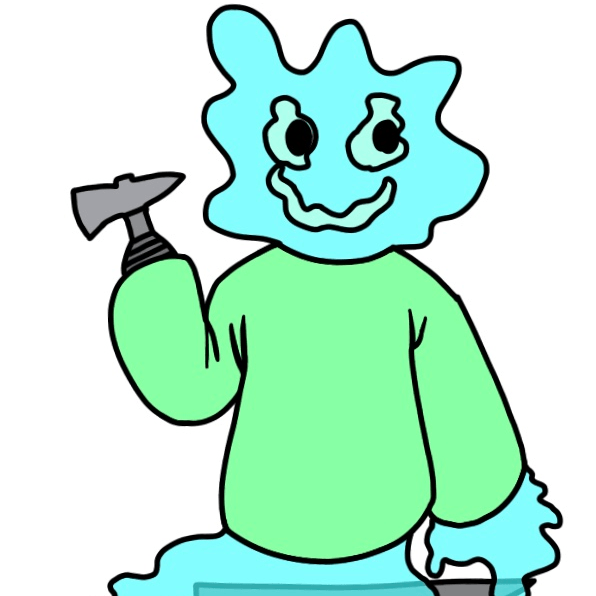
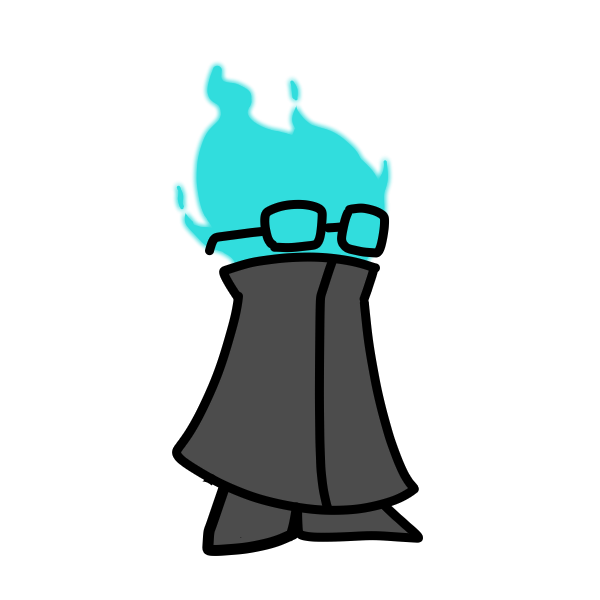
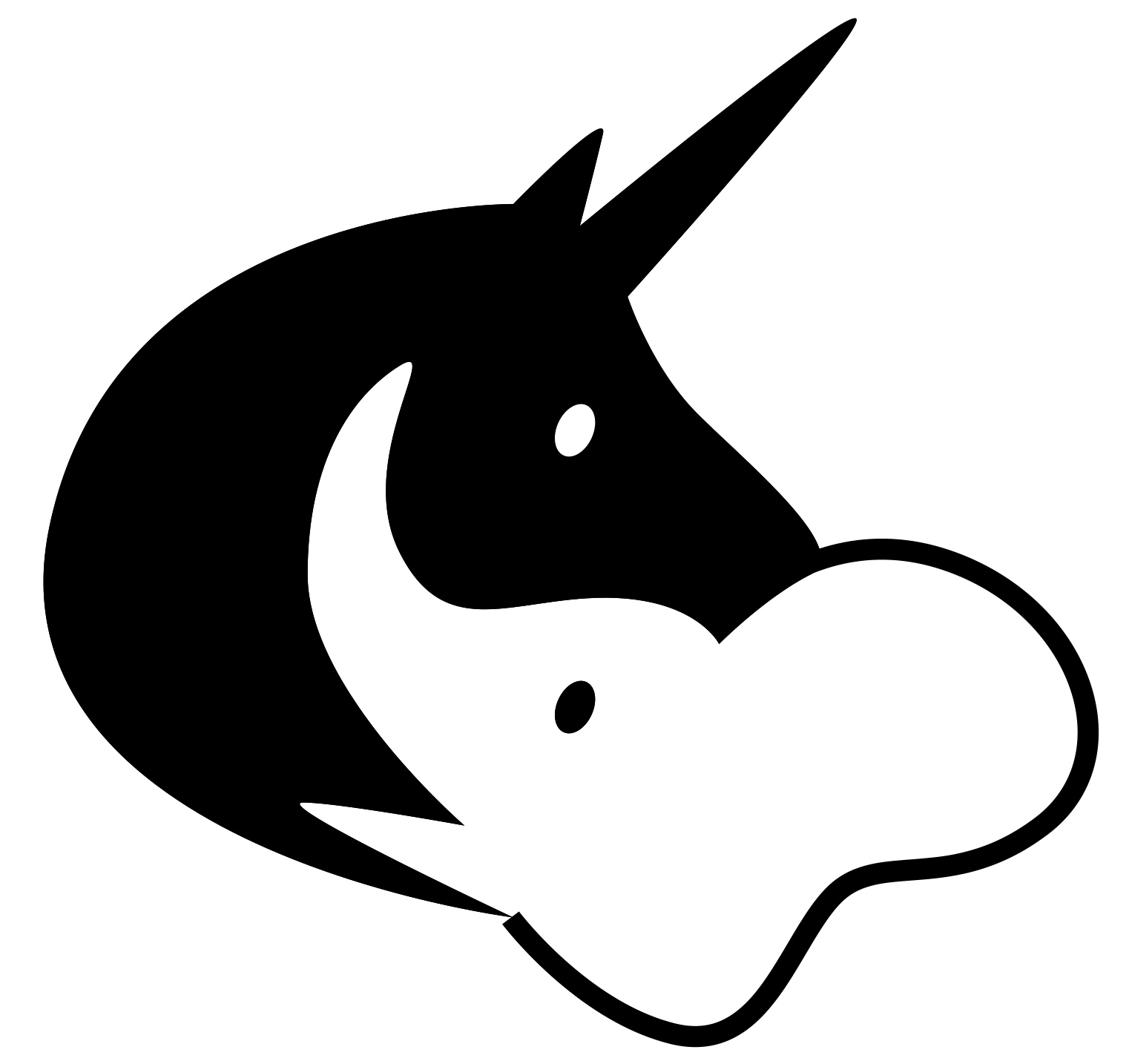
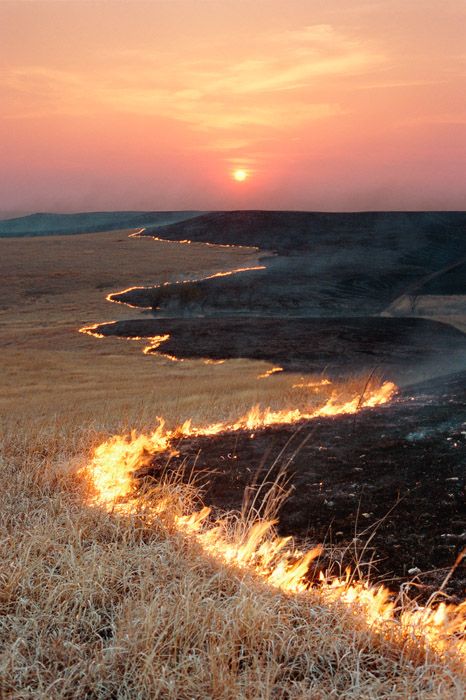
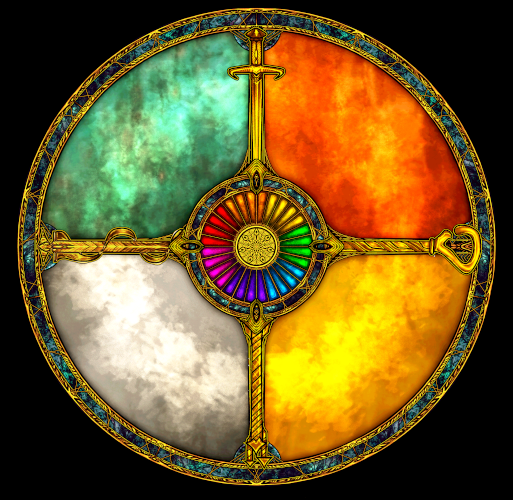


Okay, I love conlanging, so this is gonna be a hefty comment.
1. I love how flexible your language is. This makes a lot of sense for a synthetic language, especially since druids are known for being wise.
2. You said that colors that were similar to the background would be framed black or white. I'd love to see that done for the light green in the numbers and in the cases spoiler.
3. Your color-to-tone coding seems pretty arbitrary. That could make it hard to make words which are both easy to pronounce and easy to read, because it increases the chances of two words being next to each other in either similar color or similar tone drastically. Is there a reason to the mapping as it is?
I really adore some of your choices in vocabulary, like making flower and tree similar and making song a part of druid.
Is the cover image "World Ember"?
Thanks for the feedback! :D 2. Yeah, that light green-ish can be difficult to see in a light green background. I'll keep it in mind for when I continue developing the language. 3. Yes, color-to-tone is arbitrary. There's a logic behind Druidic Sign, Tactile Sign, and Drumspeech, but I didn't know how to map the colors logically. Any suggestions? Yes, the cover image is World Ember! Thanks for reading, I appreciate it <3
You could start by putting similar colors next to one another on the mapping. You could try to go in order of the rainbow as well (which would be another possibly mythological symbol): All the reds, then magentas, blue, cyan, green, yellow, orange. And, if you want to keep the notation of pitches in the European style, you could map dark color-variations to the black keys on the piano.
P.S.: Great idea putting some stuff in the Side Bar!
Mmh, yes, those are definitely great suggestions. I'll keep them in mind, let's see if I can do them before New Year. Thank you!